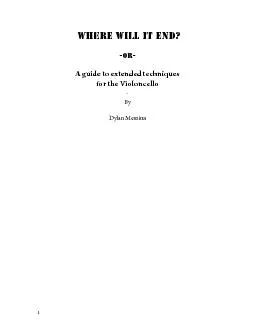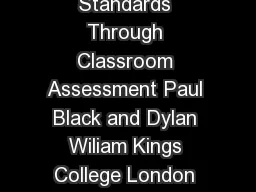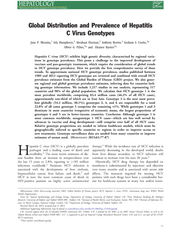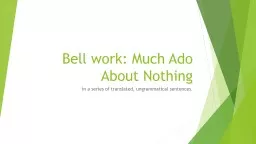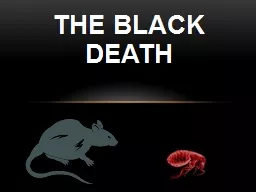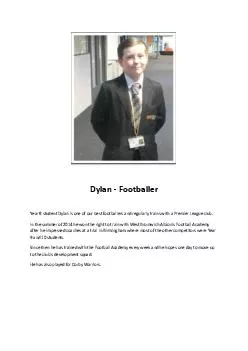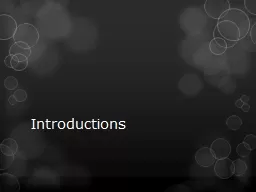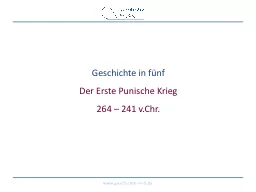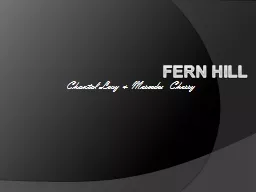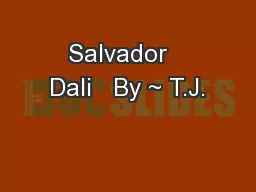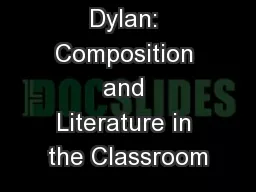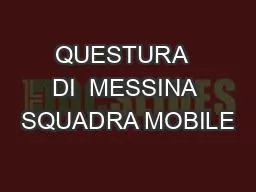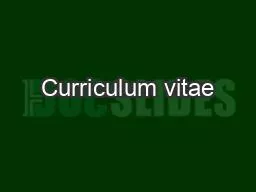PDF--Or- Dylan Messina
Author : danika-pritchard | Published Date : 2017-03-04
1 Table of Contents 1 Harmonics131 141Artificial142 or 141false142 harmonics Harmonic trills Bowing beyond the bridge Bowing the tailpiece Twohanded bowing Bowing
Presentation Embed Code
Download Presentation
Download Presentation The PPT/PDF document "-Or- Dylan Messina" is the property of its rightful owner. Permission is granted to download and print the materials on this website for personal, non-commercial use only, and to display it on your personal computer provided you do not modify the materials and that you retain all copyright notices contained in the materials. By downloading content from our website, you accept the terms of this agreement.
-Or- Dylan Messina: Transcript
Download Rules Of Document
"-Or- Dylan Messina"The content belongs to its owner. You may download and print it for personal use, without modification, and keep all copyright notices. By downloading, you agree to these terms.
Related Documents

